
When we talk about Italian sculptors, the mind inevitably goes to Michelangelo or Bernini, but there was a different breed of sculptors in the modern era. Instead of Carrara Marble, these people worked with steel, aluminium and glass. Marcello Gandini was one of these sculptors, and he is no longer with us. Let’s take a trip down memory lane and see the moving sculptures that came out of the imagination of the Turinese man.

Gandini joined the Bertone design house in 1965. He approached Nuccio Bertone for a position two years earlier; however, Giorgetto Giugiaro, then Bertone’s Chief Designer opposed the hiring of Gandini. Giugiaro left Bertone two years later, and Gandini was hired. This incident would come to define the relationship and the rivalry between two of the most prolific car designers of the 20th century. Within the next two years, Gandini designed the Fiat Dino Coupé, the achingly gorgeous Alfa Romeo Tipo 33 Stradale and arguably one of the single most influential cars of all time—the Lamborghini Miura.
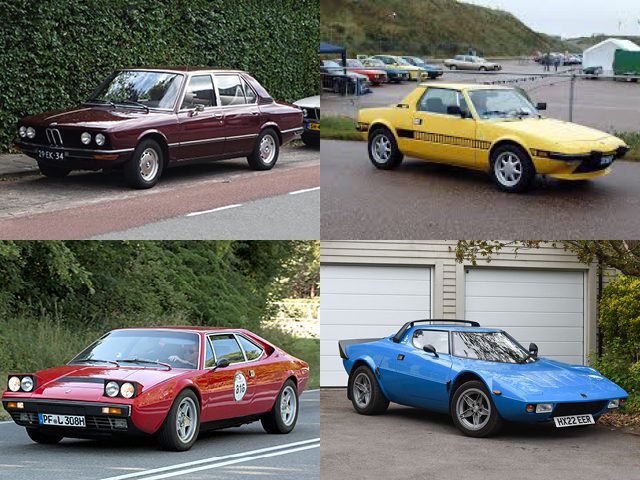
While the aforementioned cars had curvaceous design that typified the 1960s, Gandini’s active years spanned from late-sixties to early-nineties, which encompassed the sharp, angular and wedge-shaped design trend that came to define the ‘70s and the ‘80s. Which inevitably meant that he was responsible for some of the sharpest-looking machines ever made, notably the BMW E12 5 Series, Fiat X1/9, Ferrari 308 GT4, Lancia Stratos, Audi 50 (later redesigned as the first-gen Volkswagen Polo) and of course the Lamborghini Countach. He also managed to find time to design the Renault 5 Turbo Group B rally car, and the road-going Renault 5, apart from the Maserati Khamsin and a facelift for the second-gen Maserati Quattroporte and the second-gen Maserati Biturbo.

The trend of car design changed in the 1990s and most manufacturers relied on teams for the design of their vehicles. However, thanks to advancement in prototyping technology, showcasing concept cars at motor shows have become popular, and Gandini spent most of his time designing outrageous concept cars including but certainly not limited to the Maserati Chubasco, Nissan AP-X, De Tomaso Biguà and Lamborghini P147 Acosta. At this point in his life, Gandini’s body of work ensconced motorcycles, helicopters, factories and even nightclubs.
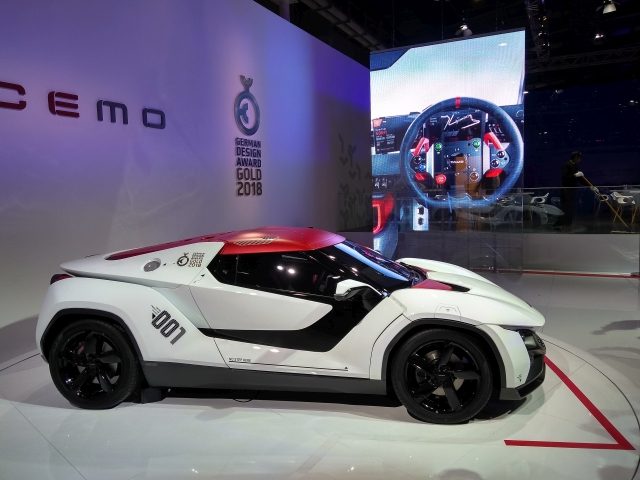
Interestingly, one of the last concept cars designed by the maestro himself is an Indian car—it is the 2017 Tamo Racemo concept by Tata Motors. It was classically proportioned yet had contemporary styling, showing Gandini still had what it took to design cars.
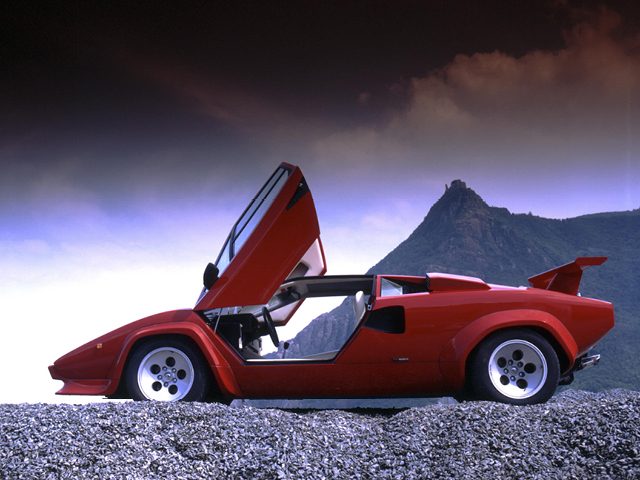
We read a recent story about the death of beautiful cars and we see that most cars today are the result of teams, committees and collaborative effort. While there is nothing wrong with that, designs have become a lot more inoffensive these days, so it is hard not be romanticised by the wild designs of the 70s and ‘80s, the rebels who broke the moulds, the visionaries who saw the future in the A0 sheets pinned to their drafting boards in some dimly-lit, cigarette-smoke-filled studio—Marcello Gandini will forever be one of those people. He gave almost every 12-year-old the ultimate bedroom-wall poster, to which we can only say in an amazed tone, “Countach!”


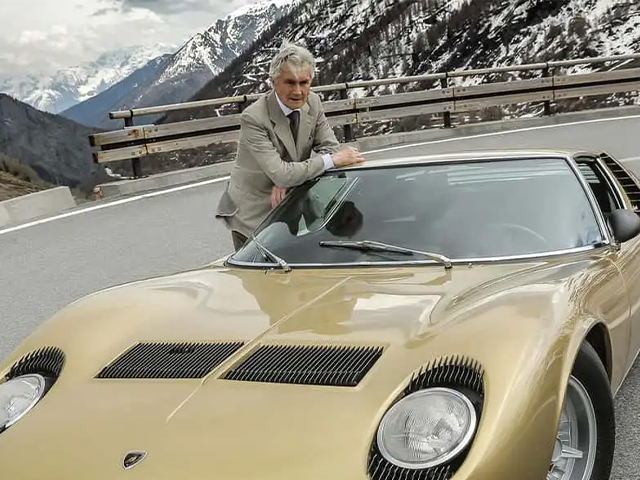











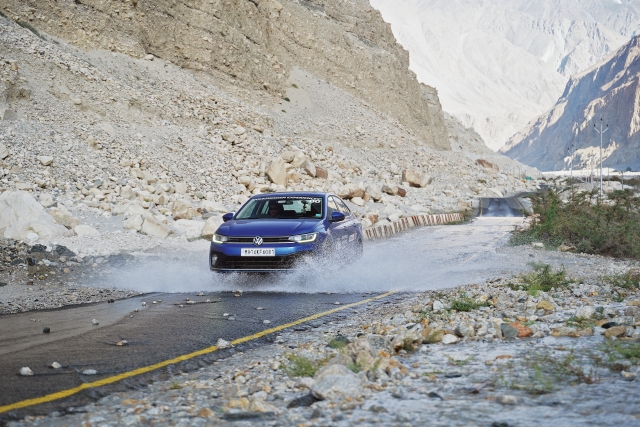

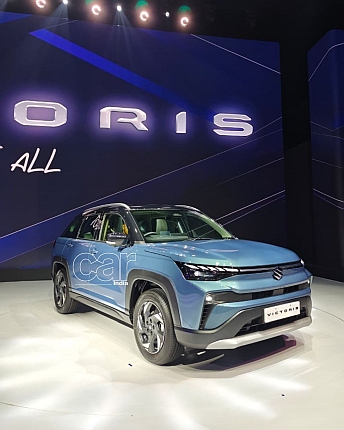
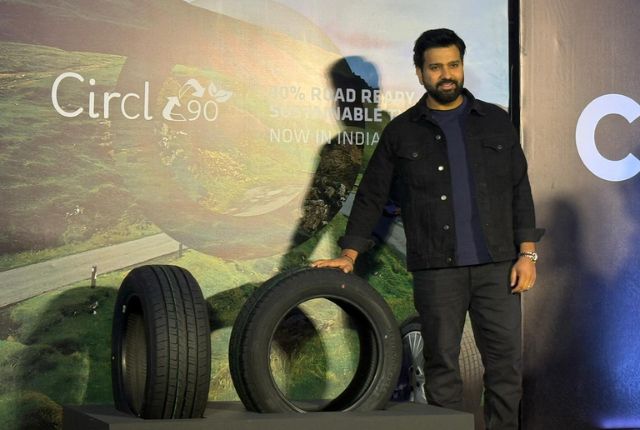
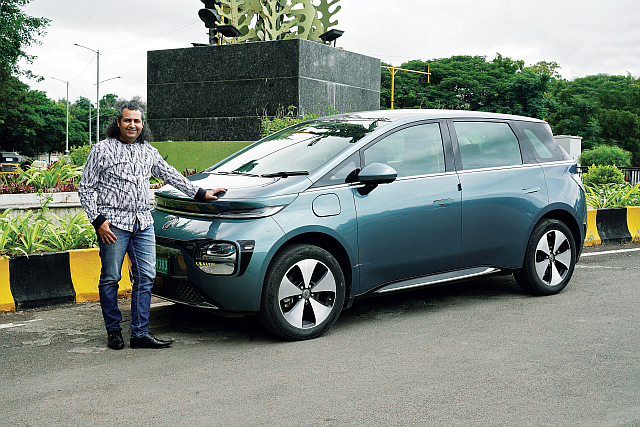



Leave a Reply